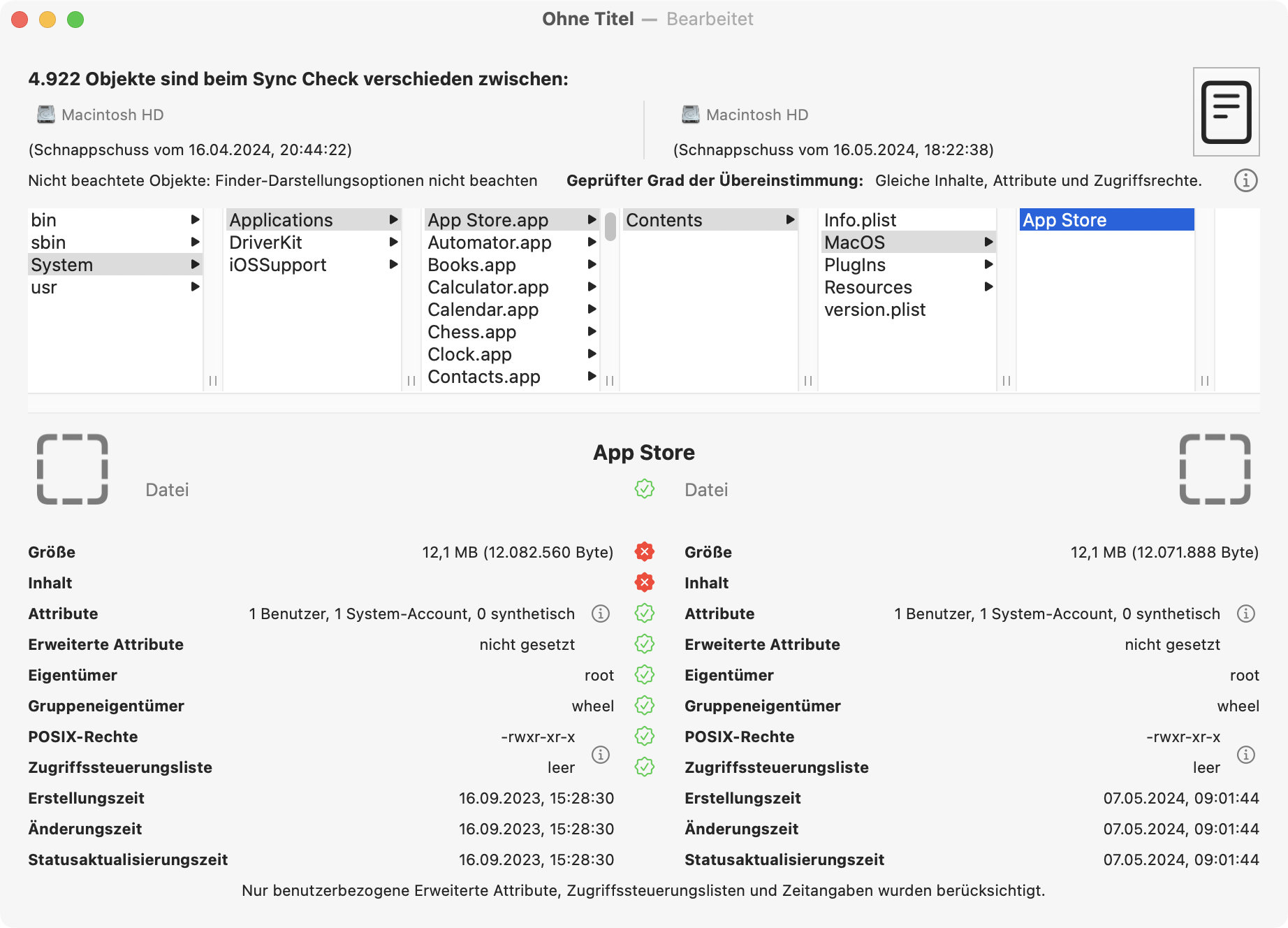

Native G-Sync is rated between 1Hz and because it comes with an actual module installed which is supposed to be $300 alone. The lower framerate is appealing but if you able to spend 300 bucks on module alone, you already have money to spend at least rtx 3070, 3080 category which lower framerate doesnt make sense outside of poorly optimize game The gsync processor cost 300$ and all it offer is lower framerate to activate g-sync, and lower motion blur which is too costly for a minimal gain The point is, Nvidia lower their standard to just "verify" whatever benefit them, making certified by nvidia mostly pointless?
#G sync checker tv#
Only on tv with oled display, there is only 1 monitor with 1000 hdr which is asus rog PG32UQX but it cost 3K and lcd monitor which is inferior compare to oled Remember the nvidia Ultimate = 1000 hdr nits standard? atm they removed it and slap g-sync ultimate on garbage 400, 600 hdr monitor which understandable since 1000 hdr monitor doesnt exist I don't know if it matter if it is certified compat by nvidia or not, seems it just marketing trick atp A display with LFC effectively results in the removal of that minimum refresh rate boundary. For example, a display with a 60 – 144Hz FreeSync range, would be able to sync the frames of a game running at 40 FPS, by doubling them so that the display could sync and run at 80 Hz. What's LFC (Low Framerate Compansation): When the framerate drops below the monitor's FreeSync range, frames are duplicated and displayed multiple times so that they can sync to a refresh rate that's within the FreeSync range. Certified G-Sync Compatible: FreeSync monitors that have been tested and certified by Nvidia. (G-Sync on FreeSync monitors requires A GTX 10-series card or later.) G-SYNC Compatible: 99.9% of all FreeSync monitors are G-SYNC compatible as long as they support LFC and have a DisplayPort port. G-SYNC Ultimate is just true G-SYNC but with HDR 1000 certification.
#G sync checker series#
Older G-Sync monitors required an Nvidia GPU (GTX 600 series or later) for G-Sync to work, but recent ones have a recent G-SYNC module that makes them compatible with AMD GPUs too. G-SYNC/native G-SYNC/ true G-SYNC monitors: Have a g-sync module, variable overdrive, and they operate from 1Hz to the display’s maximum refresh rate. Are there any inaccuracies in my statements? Am i missing something? Non-native G-Sync monitors lacks ULMB function (Ultra-Low Motion Blue)Īaaaand i believe that's pretty much it. Native G-Sync means Nvidia performed over 300 tests on said monitor, compatible is "just" certified by Nvidia (don't know the actual difference) Native G-Sync is rated between 1Hz and 144Hz, G-Sync Compatible is rated between 30/45/60Hz (it can vary) and 144Hz, so as long as you don't go lower than 30/45/60FPS, you have a tear-free experience. Here's what i've learned so far, and please do correct me if i'm wrong: (let's assume the monitor has a 144Hz refresh rate) Since my monitor has been showing sign of clear death, i've been looking for something new to buy, but every time i look for the differences between the aforementioned subjects, i find something different, so i thought about using the collective knowledge of us all.

No titles that are all-caps, clickbait, PSAs, pro-tips or contain emoji.No submissions about retailer or customer service experiences.


Submit Build Help/Ready post Submit Troubleshooting post Submit other post New Here? BuildAPC Beginner's Guide Live Chat on Discord Daily Simple Questions threads


 0 kommentar(er)
0 kommentar(er)
